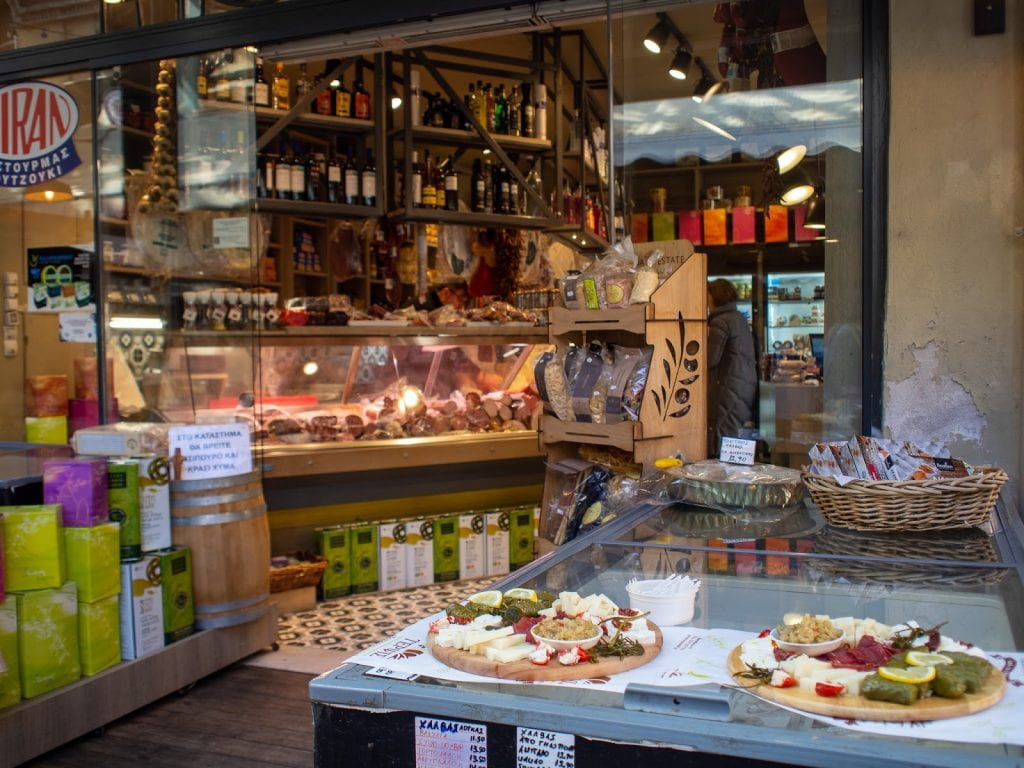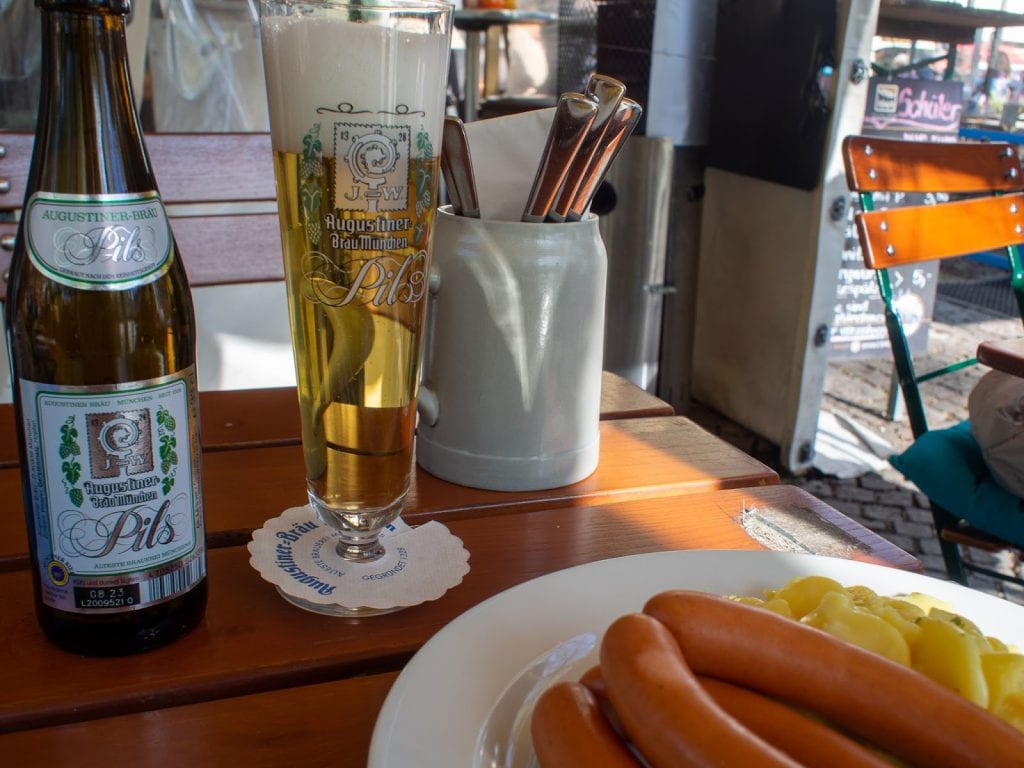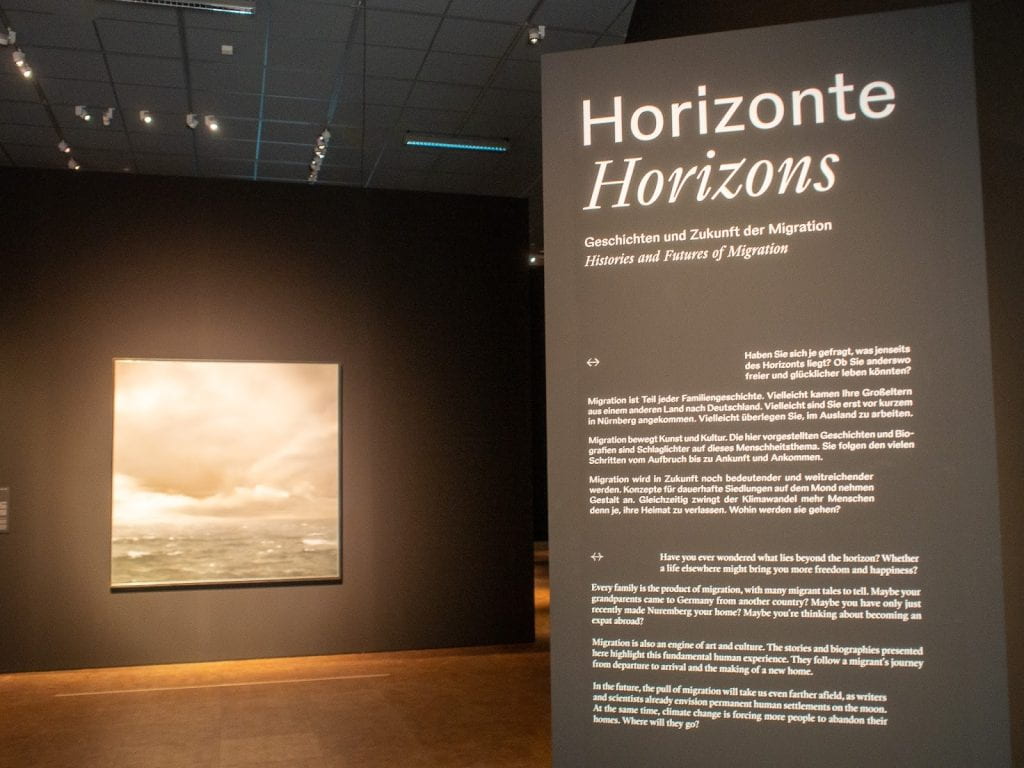Travel Destinations – Getting out of the Denmark Bubble
One of the central themes of my blog posts has been to locate Denmark in a broader, relative understanding of the world. Owing to the satire of this blog, Denmark is just as much a bubble as American liberal arts colleges are. Here I discuss how we can get out, literally.
Because it is so easy to cross over national borders once inside the EU, most students going to study-abroad at DIS Copenhagen have some substantial travel plans – and that means every weekend for those who can afford it. It is easy to find recommendations for the major destinations from Copenhagen, including London, Paris, Madrid, Barcelona, Venice, Rome, among others. I set foot in not one of these cities or countries. Instead, I used my long weekends for short-distance travel, and used my week-long breaks to travel to some relatively minor locations. In this post, I will present some travel recs for those looking for such unique destinations.
Here are some of my off-the-beaten-track travel recommendations that I can personally vouch for – with emphasis on food pictures!

5. Thessaloniki, Greece
One usually goes to Athens and some island if going to Greece. But Thessaloniki? The core course Cultural Diversity and Integration at DIS – an anthropology course (with some sociology) – took me here, and while the ‘study tour’ does not cover all of the tourist spots, it really got me deep inside the local history. It’s the second biggest city located in a historically contested zone in the powder keg of Europe (go look up this phrase…) As a result, those coming from polished Denmark might find this city a bit chaotic. But what’s not to love about fierce sun rays, blue ocean, stray dogs, and subway projects that never finish? Or Mediterranean wine, olives, feta cheese, and the best 3 euro lunch you can find in Europe?

4. Christiania, Denmark
Geographically, it’s inside Copenhagen, but semantically it’s the polar opposite of Copenhagen. A hippy commune born in the early 1970s, the self-governed area symbolizes everything that doesn’t conform to Danish sophistication. At the same time that Copenhagen now embraces Christiania as a major tourist destination, the latter is also front and center in a global network of anarchists. You can find some super interesting articles about it online, such as this or that, or even a book.

3. Maastricht, Netherlands
The interesting thing about Holland is that the three major cities – Amsterdam, Rotterdam, and the Hague – are concentrated within a 1-hour commute radius of one another. But Maastricht is different. Located in a narrow strip of land between Germany and Belgium, it is an extremely walkable university town with nice cafes, street pianos, lots of bikes, and a pretty night scene. The main street from the Station leads straight over the river into one of the cutest Old Town districts I found in Europe. The site of a treaty that birthed the EU in 1992. If there, I recommend taking the city(!) bus over to Aachen, Germany and seeing the Aachen Cathedral as well. It is one of the oldest cathedrals (9C) decorated with amazing stained glass.

2. Warsaw, Poland
This is the only capital city I include, but I’m sure not many tourists and especially not Amherst students would have this on their bucket list. Who would’ve thought I’d be most impressed by Polish cuisine this semester? Geographically, Poland is where the potatoes and pork of the west meet the grains from the east and the spices from the south. Everything was delicious and somehow cheap. Besides the food, Warsaw is a city of Frederyk Chopin and important Jewish history. The city benches have a button that plays Chopin music! This would be my all-time favorite if not for…

1. Nuremberg, Germany
This was the perfectly sized town if I’d ever seen one. I spent a day here in between Munich and Prague, but in retrospect I needed one more. Probably most famous for the post-WWII war crime trial, but it hosts several amazing museums, including a Nazi propaganda site, an ethnic museum of German history, and a cute Holy Roman imperial castle with a beautiful garden. Elsewhere, you can see locals drinking beer in an outside market from 10am and a small but Amsterdam-esque red-lights district functioning from 5pm, all inside the walls of a small Old Town district. Beautiful, chaotic, and rich layers of history.

While in Europe, my learning happened just as much outside the classroom than inside it. The quality of museums in Europe is just spectacular. I must of course note the colonial and destructive origins of many of the exhibitions, but the ones I place on this list are rooted in Europe’s local (and surprisingly critical) history and are less embedded in imperialism than, say, the numerous imperial museums around Europe. Here are some recommendations:
- Ruhr Museum, Essen, Germany
- Museum of the History of Polish Jews, Warsaw, Poland
- Germanisches Nationalmuseum, Nuremberg, Germany
- Museum of Communism, Prague, Czech Republic
- Ballinstadt Emigration Museum, Hamburg, Germany
I hope you enjoyed these!